Hull #100 - Kiji
Image Gallery
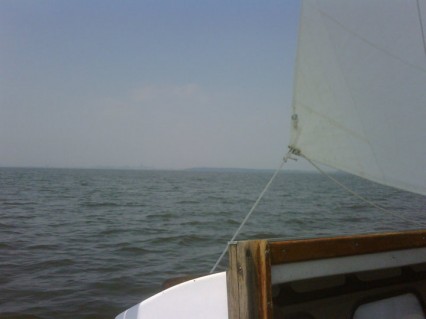
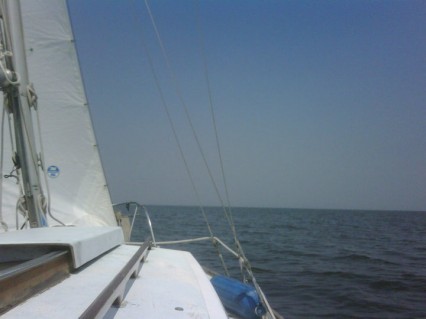
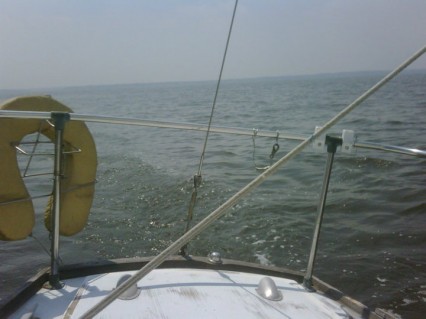
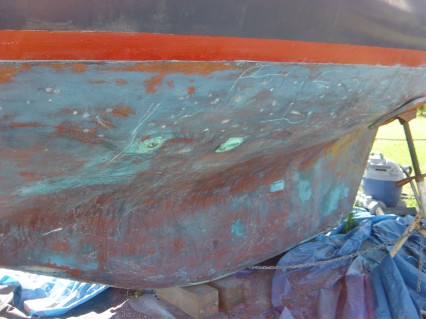
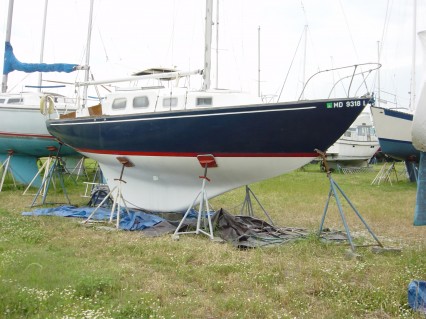
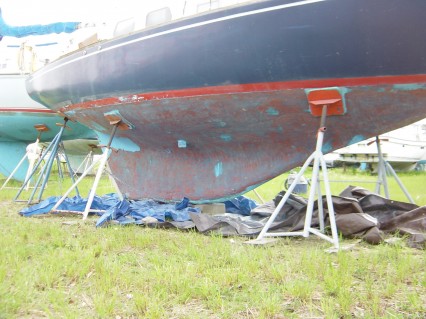
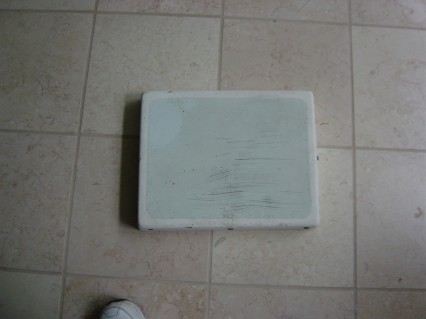
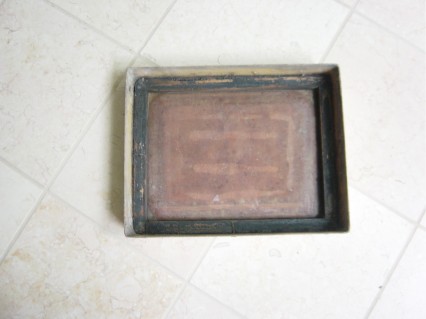
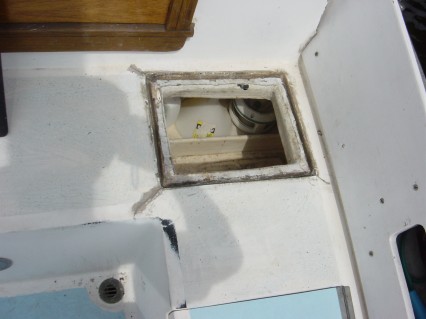
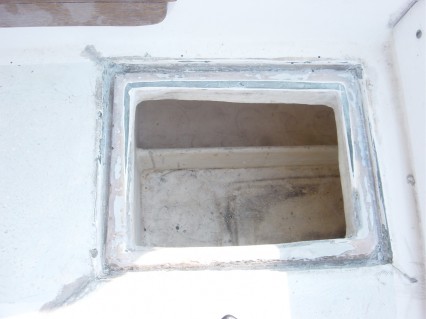
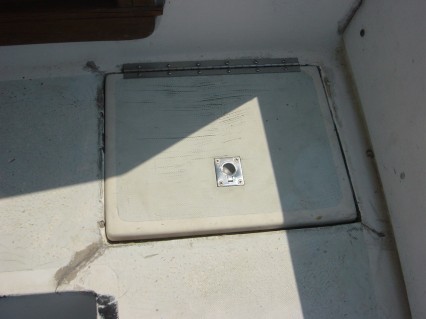
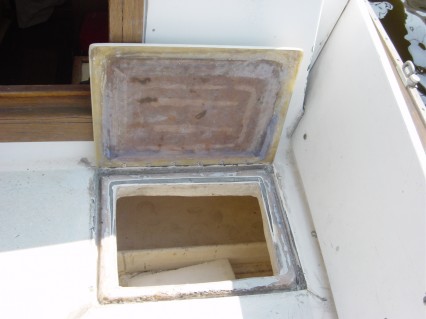
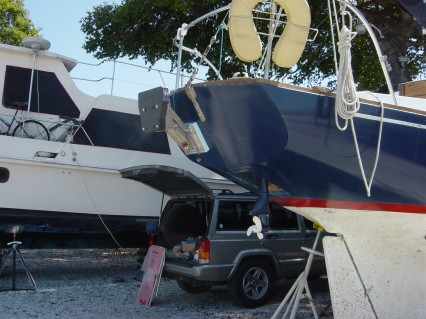
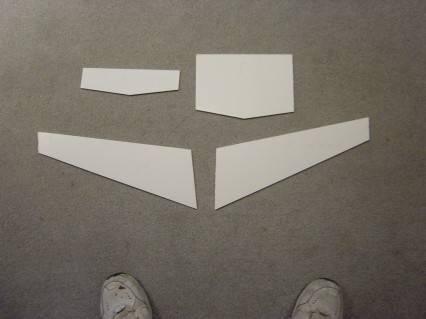
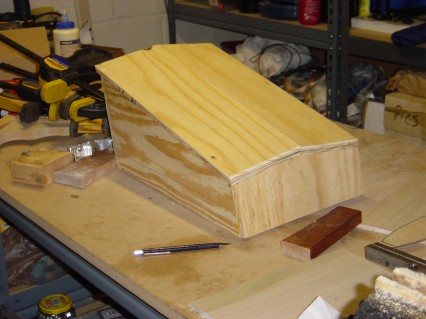
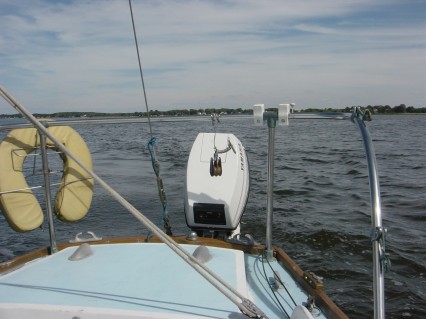
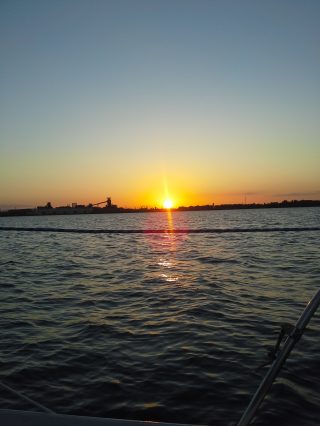
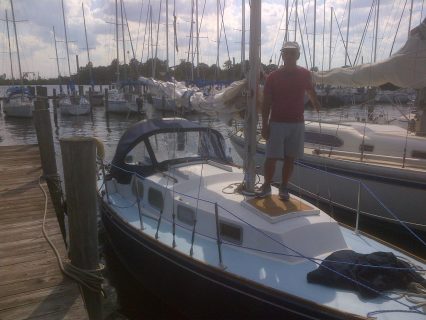
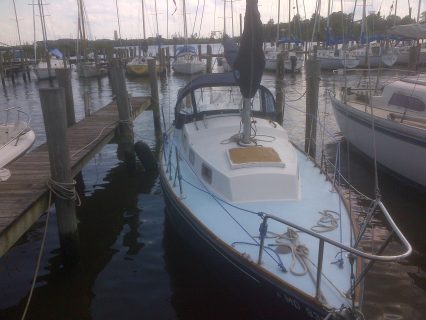
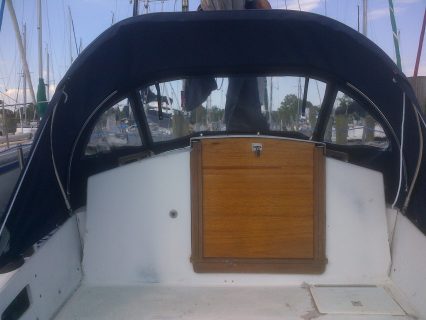
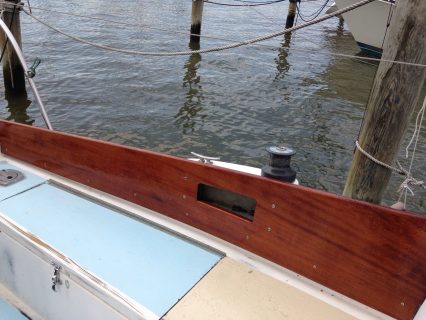
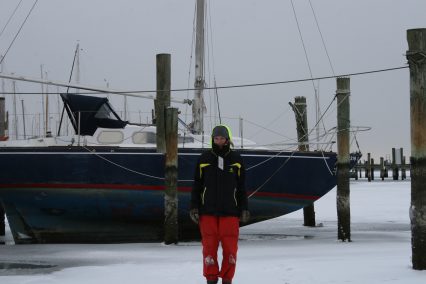
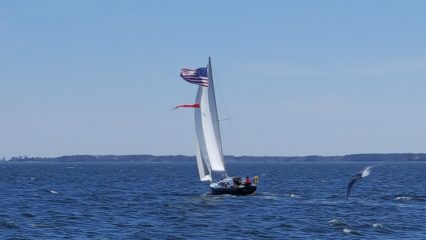
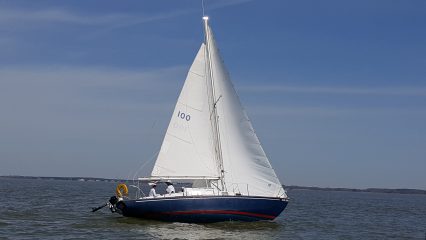
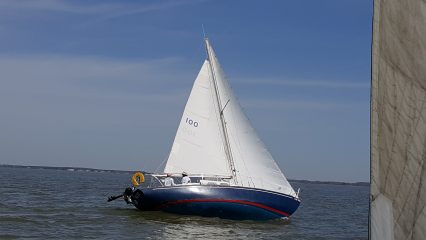
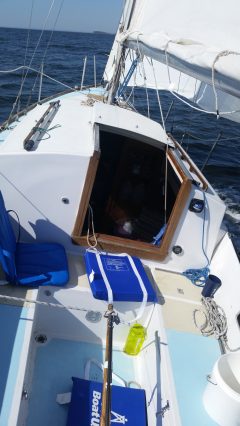
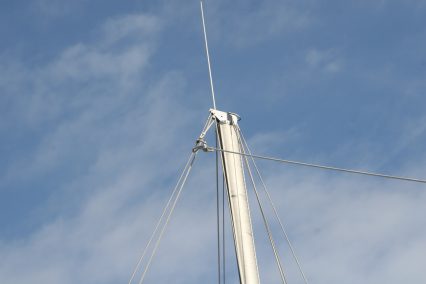
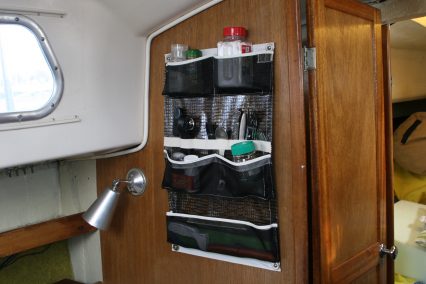
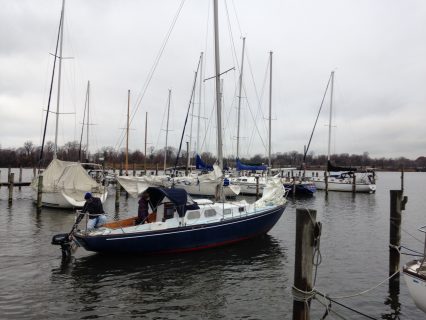
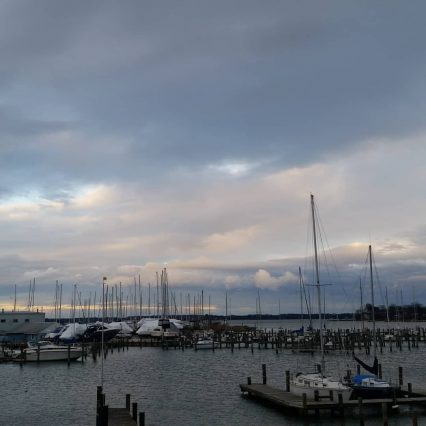
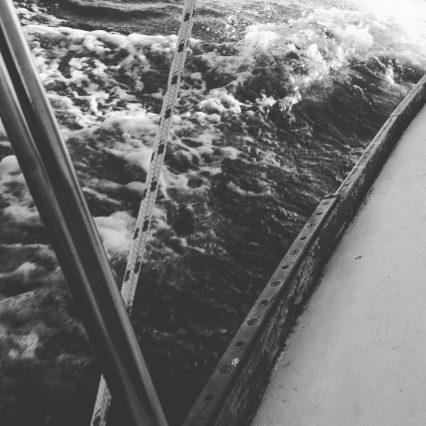
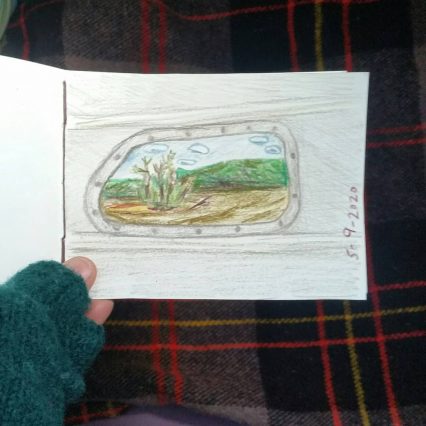
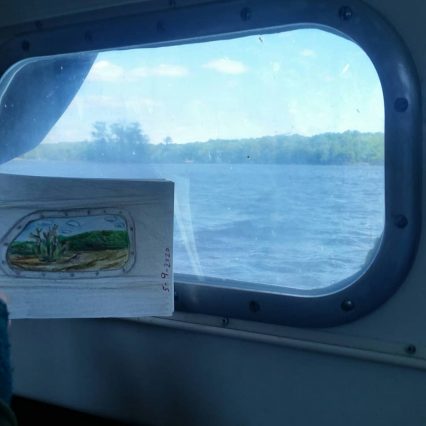
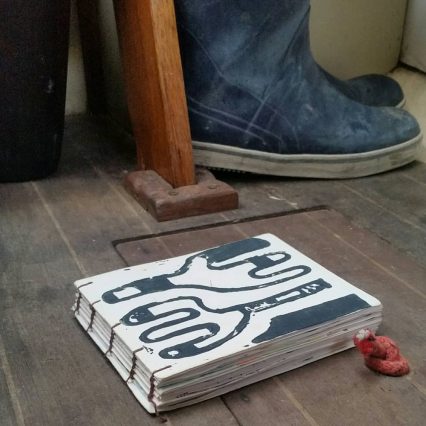
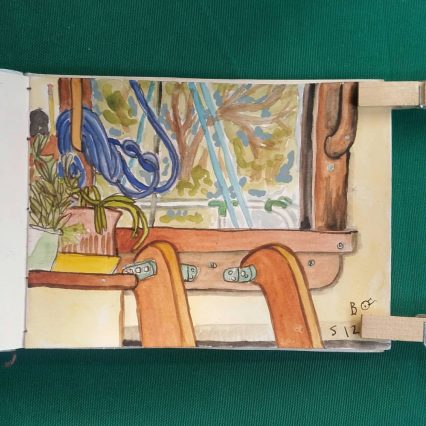
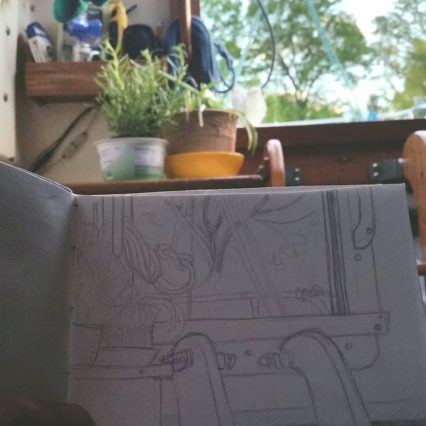
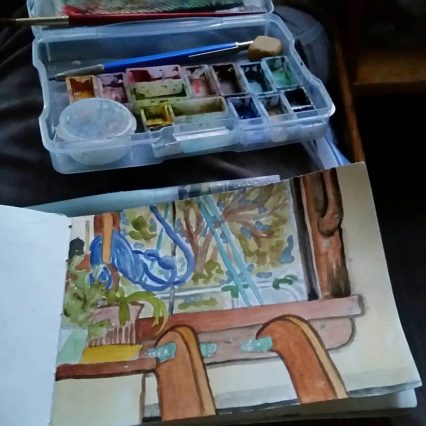
Quick Facts
- Model: Cruising
- Year Built: 1966
- Hull #: 100
- Vessel Name: Kiji
- Owner Name: Rachael Bohannon
- Hailing Port: Chesapeake Bay
- Website: https://www.instagram.com/birdbohannon
Sailboat History
1966 – ? = Unknown Owners
? – ~2017? = Joe Molare named the boat “Fanny Adams” and sailed out of Old Road Bay, Baltimore, MD.
~2017 – Current = Rachael Bohannon who sails the Chesapeake Bay
Owner Comments
5/17/20 – This month I moved onto Kiji, Hull #100! I am occasionally literally knee deep in various projects as I continue to invent storage solutions (mostly textile based). The hardest part of being a minimalist is being an analogue illustrator while doing so. At least my interest is in sketchbook drawing and digitizing that, rather than larger work. None the less, I have more things than I would like, and am trying to figure out little hacks here and there.
I definitely suggest prioritizing sailing experience before doing cabinetry etc, it is very surprising how different life is when on the move, and important to maximize the facilitation of access to essentials while underway, and not just from a safely anchored position. Because frankly, even in a safely anchored position you may need to quickly get under weigh/way. 🙂 Oh my, so glad to have some experience under my belt, above all in minimalism – and I am not a card carrying member of the tribe, it is impractical to own obsessively few things on a boat, one must be resourceful and intelligent about the fact that everything you keep is something that will just be in the way or prevent proper storage of something else. I think I have paired down quite a lot, and still have little vacant or ill-used areas through out the boat, but on a longer stretch away from land (I am at a marina, but especially due to Covid I still want to avoid the grocery store as much as possible) I will need good food storage options, so that my little places here and there that are currently vacant or ill-used can be food storage areas or otherwise allow some jenga/tetris action to commence to allow such elsewhere. I do not want a fridge or freezer, and have extensive experience with cooler life, which I will begin a return to soon enough as the weather has finally begun to heat up here on the Chesapeake Bay. One dilemma that especially applies to food, but also to other object categories, is how to balance the best-storage-place quotient for any given thing (based on things like temperature and weight being low) vs. (readily available, at hand, visible and easy to remember).
Don’t know if you have read Voyaging on a Small Income by Annie Hill, it has a special place in my boat-life heart because it was the first book I ever read on the subject. It is like my spirit bible for boating and completely unpretentious and British so very practical (haha)… But, my first introduction to the idea that everything should be stored for the worst case scenario. This significantly complicates the obvious solutions that do not apply when I am sort of desperately looking up storage inspiration on the internet and getting a bunch of results of trawlers and boats with impossibly extensive cabinetry. I love how simple the bristol is. I love that i can see the hull from inside almost anywhere. I will one day get to everywhere, the v-berth is not as I would design it and has no access below the platform while also not being sealed completely for floatation, but that is not the priority at the moment!
I am having the hardest time re-installing the interior grab handles along the port and starboard main cabin ‘ceiling’ – I know that the socket wrench they used back in the day must have been custom or something, because the modern cast options do not fit in the holes, and I am having to enlarge them, and am doing so in a rather illogical fashion because I was able to McGyver two sets of fender/lock/nuts into position, but the remaining three are at slight angles and I am fighting gravity and a spirit of optimism that will not die. Haha.
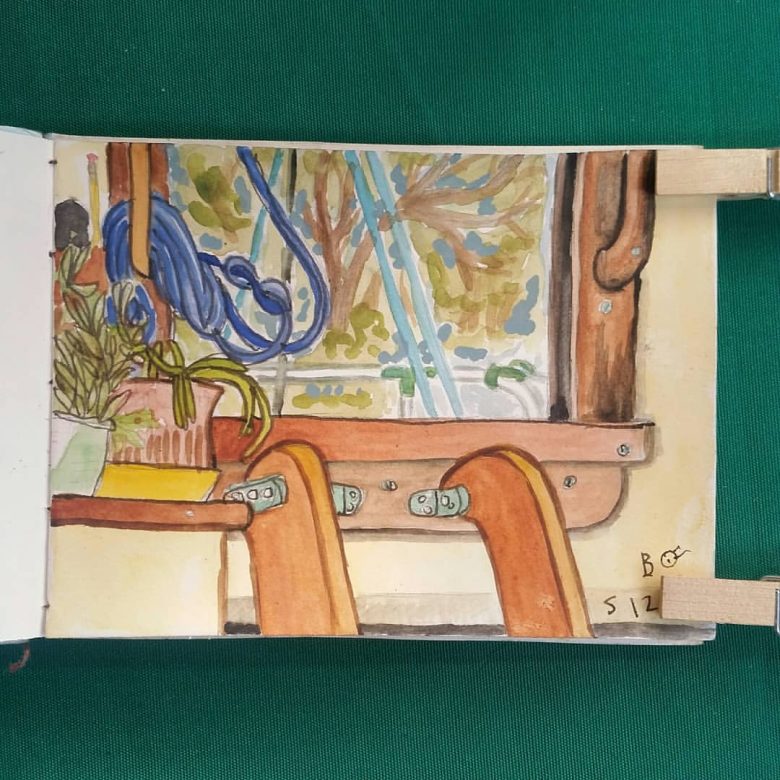
Life onboard.
10/22/19 – Kiji is tender in that she definitely wants to go over on her lines ASAP, but she’s not easy to heel much past that initial 45* (? no heeling gauge on board). It took two full seasons for me to properly learn where to straddle and how, as I am a small person and had pretty-much only previously sailed our Flying Scots, which are planing hulls and sail better without the extreme heeling angle preferred by the Bristol 27. Just, finding out how to not fall out of the boat for these initial/regular, super fun and “as designed”, posture re-orientations was a big learning curve for me. Learning how to stay in place requires finding a sustainable position that works for if there’s a hole in the wind and the boat stands up straight, with both the ability to see forward as necessary and to exert leverage over tiller/extension and main-sheet (aggravating cleat) within the old-school cockpit arrangement.
We’ve put the old girl through her paces, seemingly to the joy of the boat! My partner is a dinghy and keel-boat racer with lots of experience, the highest sustained gusts we went out in was equal to or greater than 35 knots, with not too-much variation in the gust spread, as reported from the hourly data at Thomas Point Lighthouse’s NOAA Page (I always just google search TPLM2) reviewed upon our return. The wind continued into the evening and the conversation was one of wanting to avoid changing the hank-on headsail just because of how actively she was riding the waves and the subsequent motion on the foredeck. The helm was light and required only input for managing the waves – which is for me the whole reason I love boating.
I’m told that it’s not technically surfing if you are going to windward, but my poet brain can’t not call navigating the waves “surfing” and I love it in all the boats I’ve sailed, maybe because it directly translates to my youth of boogey-boarding and body-surfing. Kiji requires vigilance at the helm for going down wind with waves astern, though when going to windward she’d do fine with her helm just tied off in most of the waves offered by the Bay. We experienced one particular bizarre wave phenomenon, when rounding Kent Island to the North, around Love Point. The waves were stacked up there, Southerly and rounding the point East. Though they had been high in the greater Bay, they became much steeper in experience, due to the shoaling in that area. As it would happen, the period exactly matched Kiji’s LOA and the waves held Kiji by her ends, bow and stern supported, negating displacement design. We were wing-and-wing, Main to Port and Genoa to STBD, rocking violently beam to beam, with the keel’s ballast seemingly useless! It was very, very odd, and very poorly timed to the sudden seasickness of my non-sailor friend who did not find it as absolutely hilarious as the rest of us did. This experience, dipping boom end and then gen-pole tip back and forth, was only the beginning of that particular trip (Classic Gilligan’s “Three-hour-tour” boat ride), long story for being less than 24 hours!
10/17/19 – Hi – from the new owner of Kiji
Purchased from Joe a couple years ago, have since made a few modifications worthy of note, with interest of adding more to make her more suitable for overnights and long-term live-aboard.
- Vang added
- custom reef-belt added
- settee cushions
- tiller extension added
- many intentions for other projects!
Joe seems to have been a great former owner as my attempts to follow through with the great big list I made upon purchase have either been postponed by outside forces or pushed off the roster for the foreseeable future.
It seems we have done many little unexpected things that are not on the above list but of great value, my notes on all projects have been inconsistent as seen from years of ownership with no posts to this site! 🙂
I’ve been doing what projects the boat demands of me next rather than what I imagined would be a nice improvement; maintenance over creature comforts I suppose! (Not that I want many! Wrong boat for that desire!)
Current projects include repainting the cockpit area, first was the washboard/seat backs and the lazarette lid and now on to the cabin-roof hand-holds and other areas suffering from worn paint revealing fiberglass in need of UV protection. The forward hatch is unpainted for purposes of letting light in, which it does nicely, but the glass fibers are being revealed and need recoating with polyester.
As a preventative measure I made a cover for the hatch until perfect coating weather, which happens to be this season!
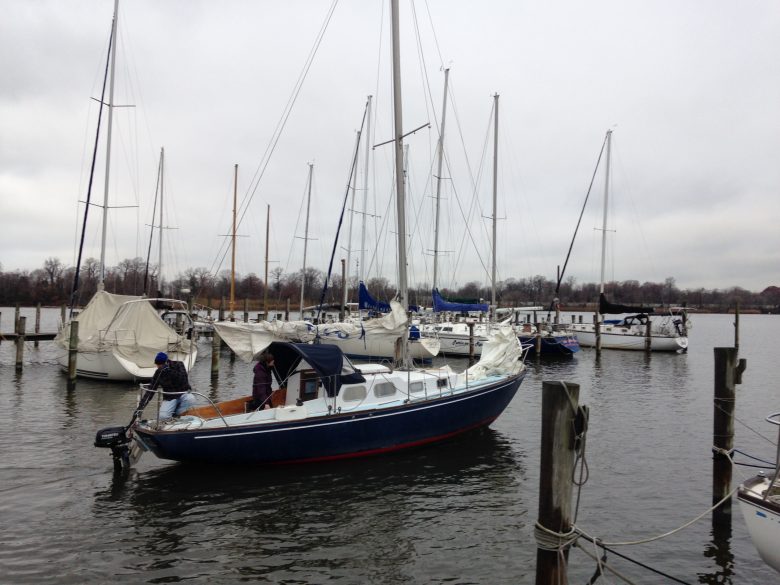
The earliest photo is from December 2016, the day we purchased Kiji from Joe Molare in Balitimore and brought her south to Mayo, photo sent from Joe.
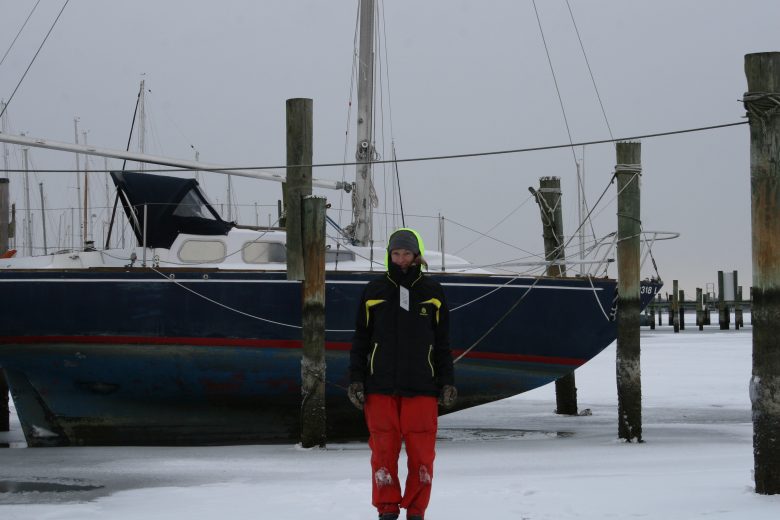
a hard Winter on the Chesapeake, the water blew out and there was a lot of ice.

Kiji’s slip water depth varies throughout the year, so we use the halyard detail photographed, the main halyard pulls up on a separate rope which is itself tied in a loop around the backstay so that the tension, when tied off to starboard to a distant piling, is not on the mast-head-sheave. The head, as well as a heavy wooden slide-out-galley-counter extension, and the engine are to port so I additionally locate tools and such on that side for a predictable list all year.
5/9/16 – Changed the name to Kiji [from Fanny Adams], the imaginary Lt in the Russian army immortalized by Prokofiev.
My engine failed in March and left me in the bay. Had to sail up to the dock which was stressful but uneventful. New motor is half the weight which should help us on race nights. Can you believe I am trying to race the old girl? Local club is thick with classic plastic so she fits right in. Looking forward to some long weekends on the water and a few daytrips this year. The new engine will be a help.
Latest project was a new coaming board. Here is a photo showing the board installed. The finish is West System. Maybe paint over it? Also in the photo are my favorite winches, Lewmar England 25. The original bronze winches went to another Bristol in Georgian Bay and now look better than new:
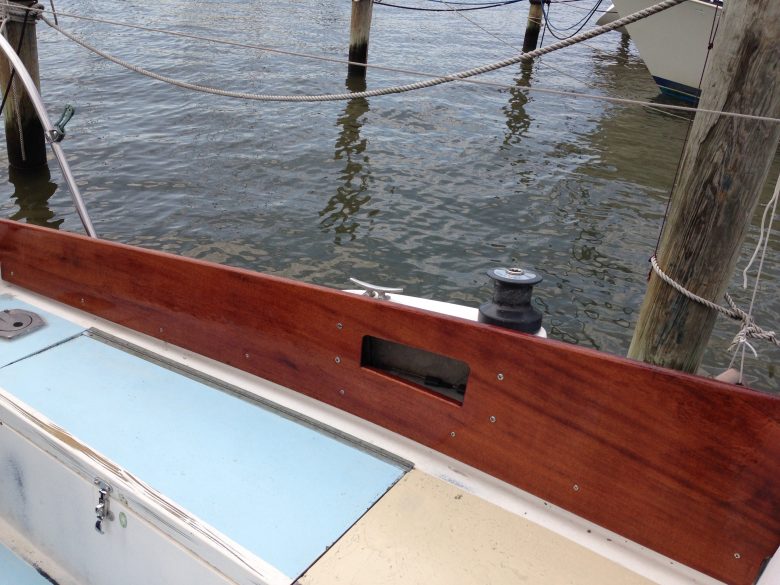
New Coamings and Nice Winches
A couple shots of my new dodger and new drop boards and the obligatory sunset over the cement factory:
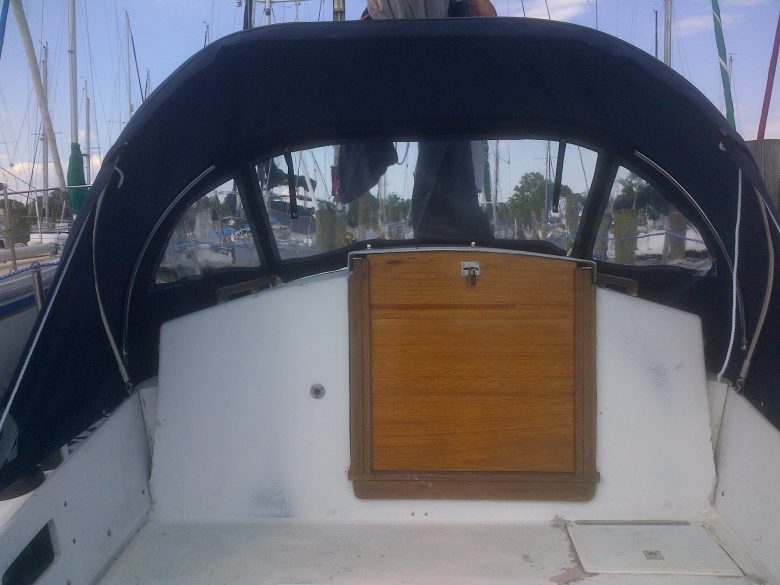
New Dodger and companionway drop boards
11/12/13 – I buttoned up all my projects in the spring and had a great time getting to know the boat. I made my first bay “crossing” in July, a voyage of about 10 miles. The boat was great. Looking forward to more. I don’t have much left on my project list. Install new nav lights, run the topping lift back to the cockpit. Maybe a new heavy-air sail. Just some little things left to do. I overwinter in the water and will come out in the spring for bottom paint. I plan to sail until temps get below 40. Below 40 my lines start to freeze and won’t work on the cleats and winches.
9/27/12 – Previous owner experimented with oars but didn’t find a solution that worked. The Yuloh was on his list to try next. The problems he mentioned included being away from the tiller while rowing and then stowing the oar when not in use. He sometimes accepted a tow going into a harbor.
Tides and currents in the Chesapeake coupled with crowded marinas require a motor. My sailing is mostly daysailing from a dock so I started with a 2.5 hp motor in the well. It had no gears and a habit of stalling which became annoying. It was powerful enough and stored on the stern rail between trips which was good. The short shaft came out of the water in a 1 ft chop or any wake and kept me at the dock on some great sailing days so was not a good solution.
I found the Yamaha 9.9 on cl and restored it back to good mechanical condition. Motor worked great but was too big to take out between trips so the water intakes fouled within 3 days. Clearing the intakes meant going over the side. Also not a good solution.
The transom bracket is working out for me. I had the boat out in 15-20 knot winds with 2 ft seas. The boat sails beautifully on all points of sail with the motor up out of water and motors easily with the motor down. No worries about fouling and no huge inboard maintenance bills. ,
9/26/12 – Just enjoyed my first sailing day since starting the outboard bracket project. End to end was a month including ordering parts and installation. The most complex aspect was building a custom shim to exactly match the contour of the hull. Fortunately, I had and engineer with skills to help with that part but it was very slow and exacting work. The shim was made of sapele mahogany and fiberglass.
The results far exceeded my expectation. I am able to operate the bracket to lower the motor to exit and enter the marina, and to lift it out of the water when sailing. The motor is clear of fouling and operates reliably which is all we want from a motor.
The most startling improvement was in the sailing abilities of the boat. With the motor out of the water, speed is improved on all points of sail. The boat is more weatherly and better down wind. Steering anomalies have disappeared.
Unfortunately, the original insert that covers the outboard hole did not convey with the boat so we are building a new one. Another complex and painstaking project. The locker is surprisingly wet without the insert.
I attached a couple photos of the motor bracket and the insert in progress. There are a few peripheral modifications to finish up to do with battery cables and bilge pumps that were displaced by relocating the motor. Nothing major that will keep the boat at the dock.
7/20/12 – There is no decal on my transom but in my mind at least she is the sloop Fanny Adams. Sorry no photos of her under sail. I have some recent photos from converting the cockpit access to a flush hatch. Photos are not very Bristol looking as I held off painting until the hatch was completed. You may have seen them on bristolboatowners. Here are some photos from the conversion of the cockpit ice box cover to a flush hatch. Next steps are a drain for the gutter, repair the cracks caused by the opening and then some paint.This is my third summer with the boat and I have not put ice in the ice box. Mostly I was annoyed by the 3 inch step up in the cockpit due to the cover and the cracks. For now I have been too long at the dock and need to get a fresh breeze and some new miles under the keel before doing the finish work.
8/8/11 – My project list is short and focused on building a daysailor/weekender for the protected waters of Chesapeake. The two projects completed since purchase in spring of 2010 are the new bottom and new rudder. I have photos from both that I can send along.
Comment Form